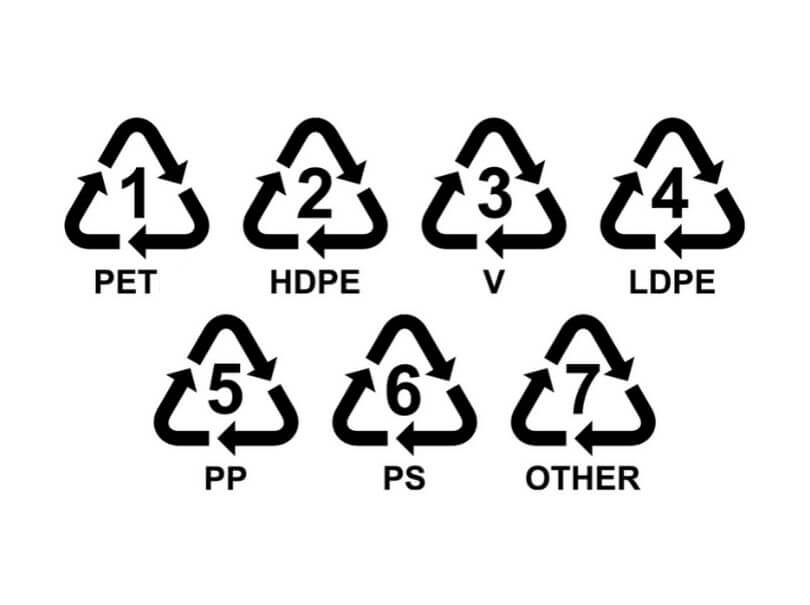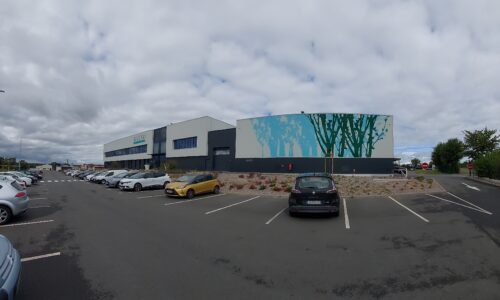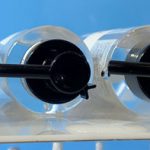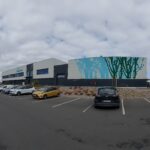How to identify “plastics” ? What are the different materials of our packaging…
We hear a lot of things more or less true about plastic packaging that pollutes the planet, but how to identify them and how to recycle them…before asking all these questions, you have to identify them and understand why certain choices are made…
Let us first make a list of the different materials that are used by manufacturers…
Polyethylene Terephthalate (APET or PET)
Saturated polyester type plastic (as opposed to thermoset polyesters). Despite this name, there is no similarity to polyethylene and contains no phthalates.
PET is the most used plastic for the manufacture of single-use plastic trays because it is light and can be recycled very easily.. It is impervious to gas and mold. PET packaging is therefore a product that is as useful as it is effective.
Use of PET :
Disposable PET packaging of all kinds : boxes for salads, presentation trays, oven-proof packaging, Bottles of water, beer and soft drinks, mouthwash products, peanut butter and dressing jars.
Operating temperature : -40°C to +70°C
High density polyethylene (HDPE or HDPE)
High Density Polyethylenes (PEHD) are semi-crystalline plastics. They are distinguished by high resistance to abrasion and wear. They have great hardness, stiffness and tensile strength.
Use of HDPE :
HDPE or HDPE is a versatile plastic with many possible uses in the food industry : milk bottles, screw caps, bottles for cosmetics, toys. especially plastic bags.
Operating temperature : -70°C to +90°C
polyvinyl chloride (PVC or V)
Polyvinyl chloride or polyvinyl chloride is a high-consumption thermoplastic polymer, amorphous or weakly crystalline. It is constituted at 57% of salt and 43% oil. PVC is the only plastic material made for more than 50 % raw material of mineral origin.
Use of PVC :
Food boxes, mineral water bottles, cling film, transparent food packaging, flasks, toys.
Operating temperature : -20°C to +70°C
Low density polyethylene (PEBD or LDPE)
Low Density Polyethylene (PEBD) is malleable and flexible. Its high purity allows the use of this plastic material in many industrial applications..
Use of LDPE :
Trays, cling film, flasks, toys, freezer bags, trash bags, sachets, flexible containers.
Operating temperature : -70°C to +90°C
Polypropylene (PP)
Polypropylene is a variety of plastic widely used in the food industry.. It is a material combining rigidity and flexibility during shocks. It will naturally resume its shape after a shock of medium amplitude. It also has a very high melting point and can therefore be in contact with materials, liquids or hot objects.
Use of PP :
Trays, cups, clingfilm, transparent bags, reheatable dishes, plastic shipping pouches, strips, adhesive tapes
Operating temperature : -40°C to +120°C
Polystyrene (PS)
Polystyrene is a thermoplastic. Basic polystyrene, called PS Crystal, is a hard and brittle material, can be transparent or colored. It can be used to make rigid or foam products.
Use of PS :
Trays, cups, disposable plates and cutlery, egg box...
Operating temperature : -40°C to +80°C
Polycarbonate and others (PC)
Polycarbonate (PC) is a flame retardant plastic material. It is a glass-like polymer with high impact resistance. In the food industry, PC is used in the design of products such as glasses and plates. Polycarbonate food packaging is unbreakable.
Use of the PC and others :
Trays, disposable glasses, disposable plates...
Operating temperature : −100°C and 120 °C
Polylactic acid (PLA)
PLA can be obtained from corn starch, which makes it the first natural alternative to polyethylene (the term bioplastic is used). Indeed, PLA is a product resulting from the fermentation of sugars or starch under the effect of bacteria synthesizing lactic acid.
Use of PLA
Cups (for cold drink only), trays, pouches, basket
Operating temperature : 0°C to +40°C
How to identify all these materials ?

An international classification exists and this signage is mandatory on the packaging. You will now be able to easily identify the "plastic" of which your packaging is made.
Multi-material or multi-polymer packaging…
Some technical packaging requires several layers, so we speak of multi-material packaging. We can also speak of polylaminated materials (for a very specific manufacturing technique in a rolling mill)
The multi-polymer materials used in flexible packaging are sophisticated formulas, suitable for protecting food (for example) oxygen, some water, etc. However, the mixture of polymers makes the task of recycling much more difficult and, since there is no standard composition for multi-polymer packaging, there is currently no feasible standard method for undoing and recovering these materials.
Similar articles

- Cedric
- 5 avril 2022
How to test a product to verify that it meets an IP67 standard, IP68, IPX7, IPX8?
How to test a product to verify that it meets an IP67 standard, IP68, IPX7, IPX8 ? ..

- Cedric
- 10 August 2021
Customer installation - Alvend Laboratory - Somloire - France
At the beginning of August and after a few months of waiting, we were finally able to ins ..

